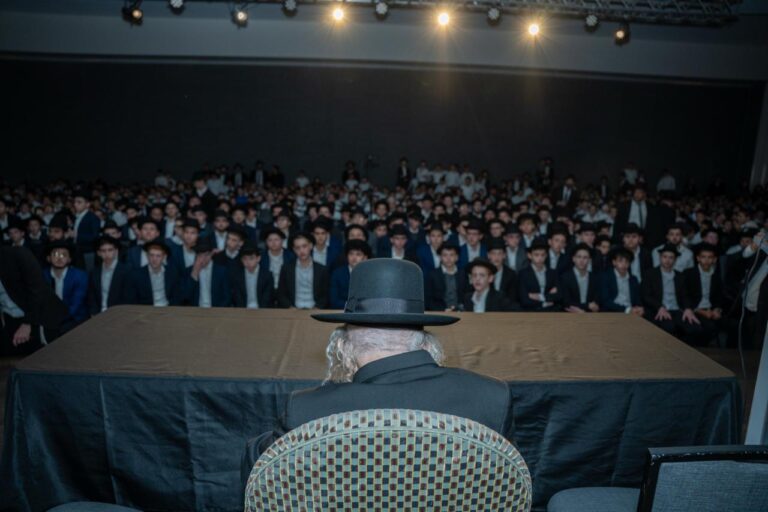 New York’s aging natural-gas pipelines are ready to blow, experts warn.
New York’s aging natural-gas pipelines are ready to blow, experts warn.
Huge swaths of infrastructure maintained by Con Ed, National Grid and a handful of interstate distributors are often older than the section of 62-year-old pipe that exploded Sept. 9 in suburban San Francisco, killing four.
“We are looking at catastrophic failure that might be coming. What happened in California is not unthinkable in New York,” said Anil Agrawal, professor of civil engineering at City College.
“Our piping infrastructure is very, very old. The biggest problem is we really don’t know their condition. We only know about them when there is breakage. We just fix the breakage and wait for the next failure.”
Already, the Big Apple has suffered devastating gas blasts. An explosion in Floral Park, Queens, on April 24, 2009, killed mother of three Ghanwatti Boodram. A year earlier, a blast in Sunnyside, Queens, killed Kunta Oza, 69.
Utilities, however, say they are most worried about construction crews accidentally digging into a gas main.
One of their biggest challenges is replacing miles of cast-iron and unprotected-steel pipes that are the most susceptible to corrosion and least resistant to sudden fluctuations in pressure. The cause of the San Bruno, Calif., blast remains under investigation, but Pacific Gas and Electric Co. had said in 2007 it would replace the aging section of pipe. It had delayed the work until 2013.
Advertisement:
New York utilities, meanwhile, are slowly replacing the old pipes.
“We do still have some leak-prone pipe in populated areas. It would be great if it could all be replaced immediately, but it is very expensive and would cause rates to rise dramatically,” said Anne Dalton, spokeswoman for the state Public Service Commission.
As of 2009, 32 percent of Con Ed’s 4,300 miles of gas mains in the city and Westchester County was cast iron and 30 percent was unprotected steel, according to documents it filed with the PSC.
It has 1,224 miles of cast-iron pipes and more than half, 637 miles, are at least 100 years old, including 136 miles that date earlier, from 1889.
Likewise, Con Ed has 1,196 miles of steel mains, and 40 percent date to before 1940.
Con Ed replaces 40 to 50 miles of the antiquated mains a year.
“The integrity of the pipe is what’s important, rather than its age,” said Con Ed spokesman Bob McGee. “Pipes fail because of external damage or corrosion.”
National Grid, which supplies 1.2 million customers with gas in Brooklyn, Queens, Staten Island and Long Island, is also slowly replacing its pipes.
Out of its 4,069 miles of pipe, National Grid NY has 1,728 miles of cast-iron pipe and 382 miles of bare-steel pipe. Some 1,745 miles were installed prior to 1940.
It is replacing about 25 miles per year, according to the PSC.
National Grid Long Island has 378 miles of cast iron and 2,600 miles of bare steel of a total 7,814 miles. It has 1,508 miles of pipe that was installed before 1940.
About 50 miles per year are being replaced, records show.
Have you checked out YWN Radio yet? Click HERE to listen!
(Source: NY Post)










